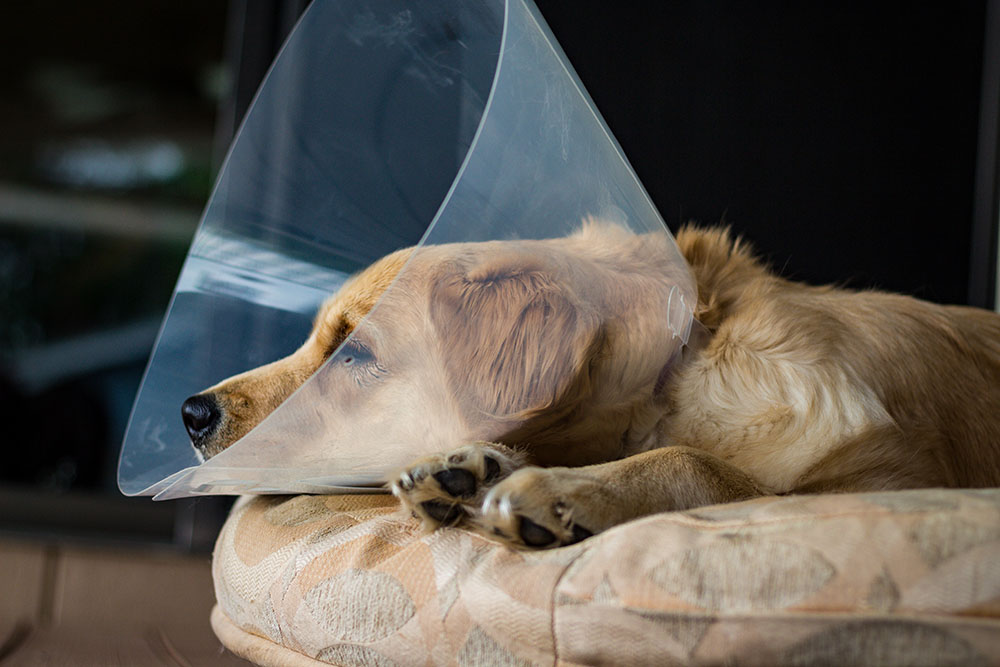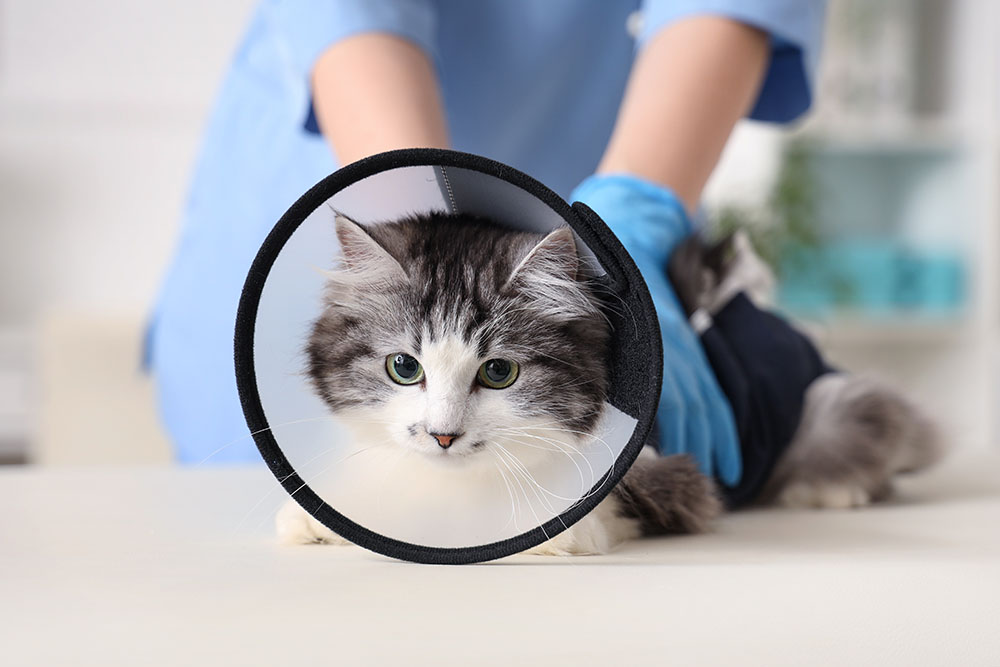Spay and Neuter: Why It’s More Than Just Population Control
At Livingston Veterinary Hospital, we understand that deciding to spay or neuter your pet can feel like a big step—one filled with questions, emotions, and important considerations. While preventing unwanted litters is a major factor, the benefits of these procedures reach far beyond population control. From long-term health gains to behavioral improvements, spaying and neutering play a vital role in your pet’s well-being.
We’re here to walk you through the facts, address common concerns, and help you make the best decision for your pet.
Understanding Spaying and Neutering
What These Procedures Really Involve
- Spaying (ovariohysterectomy) is the surgical removal of the ovaries and uterus in female pets.
- Neutering (orchiectomy) is the surgical removal of the testicles in male pets.
Both procedures are performed under general anesthesia using modern monitoring and pain management protocols to ensure your pet’s comfort and safety.
Debunking Common Myths
It’s a common worry that spaying or neutering will cause unwanted changes in your pet’s personality or weight. In reality:
- Your pet’s core personality will remain unchanged.
- Hormone-related behaviors like roaming, marking, or heat-related vocalizing may decrease.
- Weight gain can be prevented with proper diet and exercise.
You can explore more myth-busting facts in this ASPCA guide.
Health Benefits of Spaying and Neutering
For Female Pets
- Eliminates the risk of pyometra, a life-threatening uterine infection. Learn more from Cornell University.
- Significantly reduces the risk of mammary tumors, especially when performed before the first heat.
- Prevents ovarian and uterine cancers.
For Male Pets
- Eliminates testicular cancer risk.
- Reduces the chance of prostate disease, including benign prostatic hyperplasia.
- May help reduce perianal hernias and hormone-driven behaviors.
Behavioral Benefits: What You Might Notice
- Less roaming—your pet is less likely to wander off in search of a mate.
- Reduced aggression or mounting behaviors in males.
- Decreased marking or spraying, especially in cats.
- No more heat cycles—no messy discharge, excessive vocalizing, or male attention.
What If You Choose Not to Spay or Neuter?
Opting not to spay or neuter your pet is a personal decision, but it comes with a few added responsibilities and potential risks.
For Female Pets
- Expect heat cycles every 6–8 months, which last about 2–3 weeks and can involve bleeding, behavioral changes, and restlessness.
- Male dogs may be drawn to your home or yard if a female is in heat—even from several blocks away.
- Health risks increase, including pyometra and mammary tumors, especially as your pet ages.
For Male Pets
- Hormone-driven behaviors like roaming, marking, and aggression may be more pronounced.
- You’ll need to be proactive with training and supervision, especially in social environments.
- Neutering later in life doesn’t always reverse these behaviors, so early decisions matter.
Thinking About a Litter?
Before you breed your pet, consider:
- Your pet may not have a natural “desire” to parent—it can be stressful or confusing for them.
- Raising a litter involves significant time and cost: prenatal care, delivery risks, potential C-sections, vaccines, food, and cleaning.
- What if the mother doesn’t survive or rejects the litter? Bottle-feeding every 2–3 hours around the clock becomes your job.
- Many animals are still waiting for homes. Adding more pets to that population may mean one who needs a home now won’t get adopted.
For most families, spaying or neutering offers a safer, simpler path—with fewer health concerns and less stress for both pet and owner.
What to Expect Before, During, and After Surgery
Pre-Surgical Preparation
- You’ll receive fasting instructions.
- We’ll perform a pre-anesthetic blood panel to ensure your pet is healthy enough for surgery.
- Pain management will be discussed before surgery day.
During Surgery
- Your pet will be under general anesthesia.
- Our team uses advanced monitoring equipment and surgical techniques for the safest outcome possible.
Post-Operative Care
- You’ll go home with pain medication, activity restrictions, and wound care instructions.
- Use an Elizabethan collar (cone) to prevent licking the incision.
- Attend your follow-up visit to confirm proper healing.
Crate Rest & Entertainment: Keeping Your Pet Happy While They Heal
Most pets need to rest quietly for 10–14 days after surgery. That doesn’t mean they have to be bored. Here are some ideas for safe, calm enrichment:
- Puzzle feeders and slow-release treat toys to engage their brain.
- Snuffle mats or hide-and-seek toys to simulate foraging.
- Frozen Kongs filled with vet-approved ingredients (like canned food or low-fat yogurt).
- Chew-safe toys or long-lasting chews (as approved by your vet).
- A soft, quiet recovery space where they can see you but remain undisturbed.
Mental stimulation helps prevent frustration and speeds recovery by encouraging calm behavior.
When Should You Spay or Neuter?
Puppies & Kittens
Many pets are spayed or neutered around 5–6 months old. This helps prevent heat cycles and behavior challenges before they start.
Large Breeds or Adult Pets
Timing may vary based on size, breed, and health history. Large breed dogs may benefit from waiting until after growth plates have closed. Visit AAHA’s life stage guide for more.
Special Cases: When Extra Care Is Needed
- Cryptorchidism (undescended testicles) may require a more complex surgery.
- Underlying health conditions or bleeding disorders may change the surgical approach.
- Anesthesia concerns? We’ll walk you through all precautions and options.
FAQs: Quick Answers to Common Concerns
- Will my pet gain weight? Not if you manage their diet and exercise.
- Will it change their personality? Only hormone-driven behaviors are reduced—your pet’s core temperament stays the same.
- Is the procedure painful? With modern pain management, pets recover quickly and comfortably.
Your Partner in Pet Wellness
At Livingston Veterinary Hospital, we’re proud to be your trusted partner in your pet’s long-term health. Spaying and neutering are just one part of a lifetime of care—and we’re here to answer every question, ease every concern, and support every decision.
Have questions or ready to schedule? Meet our team or contact us today. Together, we can ensure your pet lives a healthy, happy, and well-loved life.








Leave A Comment